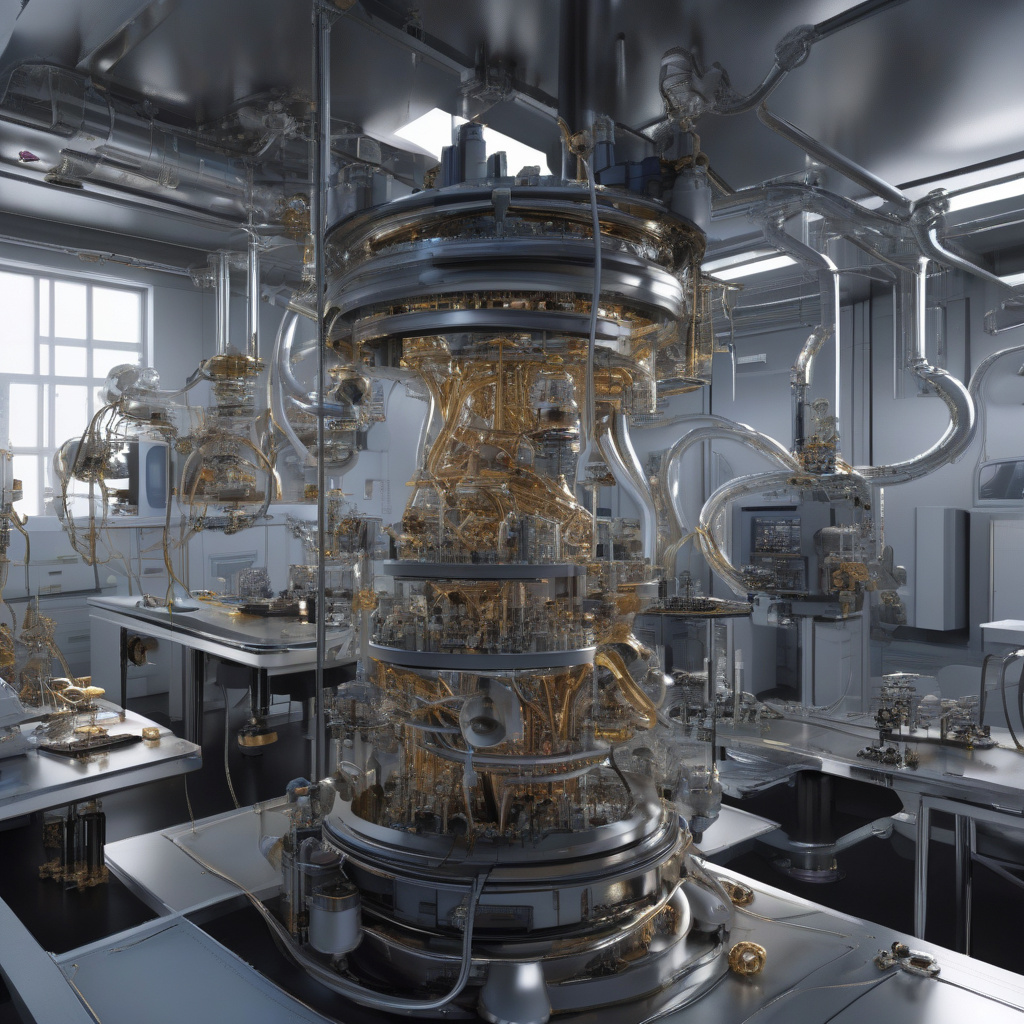How Engineers Turned a 1990 Space-Time Idea into Today’s Fluid Dynamics Revolution
Researchers at Rice University and Waseda University have advanced the field of computational fluid dynamics to new heights by building upon a groundbreaking concept from the 1990s. This innovative approach has revolutionized the way engineers understand and manipulate fluid flow, leading to significant advancements in a wide range of industries.
The journey towards this fluid dynamics revolution began with the concept of space-time conservation element and solution element method (CE/SE), proposed by Dr. Masayoshi Seki at Waseda University in 1990. This novel idea aimed to simplify the complex equations governing fluid dynamics by dividing space into elements and solving conservation equations within each element. While the concept showed promise, it required further development and refinement to realize its full potential.
Fast forward to the present day, where researchers at Rice University have collaborated with Waseda University to enhance and apply the CE/SE method to a variety of fluid dynamics problems. By combining cutting-edge computational algorithms with high-performance computing resources, they have been able to simulate and analyze fluid flow with unprecedented accuracy and efficiency.
One of the key advantages of the CE/SE method is its ability to handle complex geometries and unsteady flow conditions with ease. Traditional computational fluid dynamics methods often struggle with these challenges, leading to inaccurate results and time-consuming simulations. In contrast, the CE/SE method excels in capturing intricate flow phenomena, making it ideal for a wide range of applications, from aerospace design to environmental modeling.
The impact of this fluid dynamics revolution is already being felt across various industries. For example, in the field of aerospace engineering, the CE/SE method has enabled engineers to optimize the design of aircraft wings and fuselages for improved aerodynamic performance. By accurately predicting airflow patterns and pressure distributions, engineers can fine-tune their designs to reduce drag and increase fuel efficiency.
In the automotive industry, the CE/SE method has been instrumental in enhancing the performance of vehicles by optimizing the shape of car bodies and improving thermal management systems. By simulating airflow around a vehicle and analyzing heat transfer processes, engineers can design more aerodynamic and energy-efficient cars that meet stringent performance standards.
Beyond aerospace and automotive applications, the CE/SE method has also found use in environmental modeling, urban planning, and renewable energy research. By simulating fluid flow in natural systems, such as rivers and oceans, researchers can better understand the impact of human activities on the environment and develop sustainable solutions to mitigate climate change.
As we look towards the future, the continued advancement of computational fluid dynamics techniques, such as the CE/SE method, holds tremendous promise for further innovation and discovery. By harnessing the power of high-performance computing and interdisciplinary collaboration, engineers and researchers can push the boundaries of fluid dynamics simulation and unlock new possibilities in fields ranging from biofluid mechanics to industrial process optimization.
In conclusion, the journey from a 1990 space-time idea to today’s fluid dynamics revolution exemplifies the transformative impact of visionary research and persistent innovation. By building upon the foundations laid by Dr. Masayoshi Seki and collaborating across borders and disciplines, engineers have unlocked new opportunities to understand and harness the power of fluid flow in ways previously thought impossible.
revolution, fluid dynamics, engineering, innovation, computational fluid dynamics












